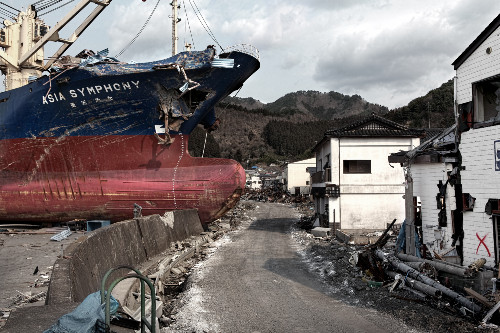Risk management of climate impact for tourism operators: an empirical analysis of ski resorts
Analysing the performance of hedging strategies developed by ski operators to protect their profitability under adverse changes in climatic conditions.
The tourism sector plays a significant role in many economies, not least of all in Europe where it is a significant source of income and employment. Winter tourism's economic signficance varies depending on location but for some, such as the Alpine region, it represents one of the main sources of income for the local population, and encompasses industries such as accommodation, transport, food services, entertainment, and retail.
Winter tourism, however, is highly dependent on the reliability and favourability of the weather, and is seen as being one of the industries most vulnerable to climate change. The UN itself has recognised the enormous damage climate change could wreak among national economies, such as those dependent on winter tourism.
Ski tourism businesses have developed strategies to help them adapt to climate change. These include snow-making, slope contouring, landscaping, and glacier protection. They have invested in diversification away from their core skiing activities. They have also turned to products in the financial markets to help buffer the impact of unreliable weather conditions.
These products, weather derivatives, can prove a useful measure for hedging against climate change risk. They can offer a flexible means for stabilising business profitability year on year, and for developing a suitable investment plan.
This paper focuses on ski tourism, and the possible risk management strategies based on weather derivatives (such as snow and temperature options) that could help protect the profitability of ski resorts, and by extension the closely connected businesses within the local community.
It proposes a joint non-parametric model for snow and temperature aimed at capturing the impact of these variables on ski operation viability and visitor decisions, and consequently the number of visitors to a given resort. The framework
consists of a non-parametric approach based on block bootstrap for the modelling of the evolution of the variables, a regression model for the number of visitors at the resort (which determines its revenues), a valuation method for the derivatives, and the minimum variance principle for the computation of the relevant hedge ratios.
The simulation conducted for the study shows the superior performance of hedging strategies based on portfolios with periodic reset of snow options, and combination of snow and temperature options
The proposed methodological framework has several advantages to commend it. It is relatively simple, and requires inexpensive and accessible software for implementation and analysis. It can flexibly capture dynamics that may contain trend and seasonaility. It can be easily modified, if necessary, to accommodate additional features or variables. Finally, if a large dataset is available, it has very good statistical properties.
The research is discussed fully in the paper Risk management of climate impact for tourism operators: An empirical analysis on ski resorts which has been published in Tourism Management.




